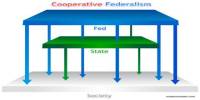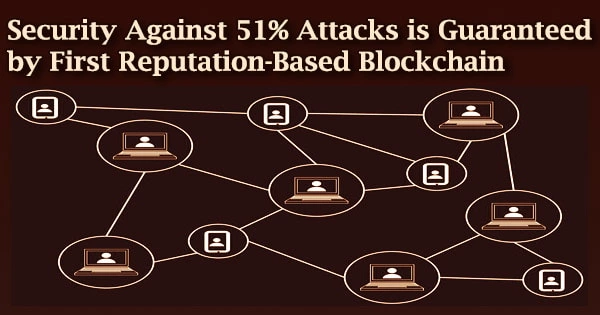Border control refers to government policies that monitor and regulate the movement of people, animals, and goods across land, air, and sea boundaries. It refers to the policies and processes put in place by a country or territory to control the movement of people, products, and sometimes animals across its boundaries. Border control is commonly linked with international boundaries, but it also includes regulations imposed on internal borders within a single state. Its functions include national security, public safety, economic interests, and public health.
Border control measures serve a range of functions, including enforcing customs, sanitary and phytosanitary, or biosecurity standards, as well as controlling migration. While some borders (such as most states’ internal borders and international borders within the Schengen Area) are completely open and unguarded, others (such as the vast majority of borders between countries and some internal borders) are subject to some degree of control and may be legally crossed only at designated checkpoints. Border restrictions in the twenty-first century are inextricably linked to sophisticated systems of travel documents, visas, and more complex policies that differ by country.
Here are some key aspects of border control:
- Immigration Control: One of the fundamental functions of border control is to manage individual entry and exit from a country. Immigration agents frequently scrutinize passports, visas, and other travel documents to assess a traveler’s ability to enter the nation. They may also conduct interviews and background checks to assess visitors’ intentions.
- Customs Control: Customs procedures to regulate the movement of commodities across borders are also part of border control. To prevent the smuggling of forbidden or restricted commodities, customs officers inspect shipments, levy duties and taxes, and enforce trade restrictions.
- Security: Border control is an important aspect of national security. To prevent unlawful activities such as terrorism, drug trafficking, and human smuggling, governments employ a variety of security measures such as surveillance systems, border patrols, and security checkpoints.
- Public Health: In response to health crises like pandemics, border control can include health screenings and quarantines to prevent the spread of contagious diseases across borders. For instance, during the COVID-19 pandemic, many countries implemented travel restrictions and health checks at their borders.
- Border Infrastructure: To facilitate border control, countries often invest in physical infrastructure such as border posts, inspection facilities, and border walls or fences. These structures help manage the flow of people and goods.
Many countries collaborate to improve border security and combat transnational concerns such as terrorism and organized crime. This collaboration can include intelligence sharing, coordinated patrols, and harmonizing immigration and customs processes. While border control is necessary for security and economic reasons, it should also take humanitarian issues into account. Many countries have procedures in place to provide safety to people fleeing persecution or violence in their own countries.
Border control measures can have serious economic consequences. Trade treaties and customs processes can have an impact on the flow of products and services across borders, influencing both economies. Border control agencies are rapidly using technology to speed processes and improve security, such as biometric identification, automated passport control kiosks, and AI-based risk assessment systems.
















